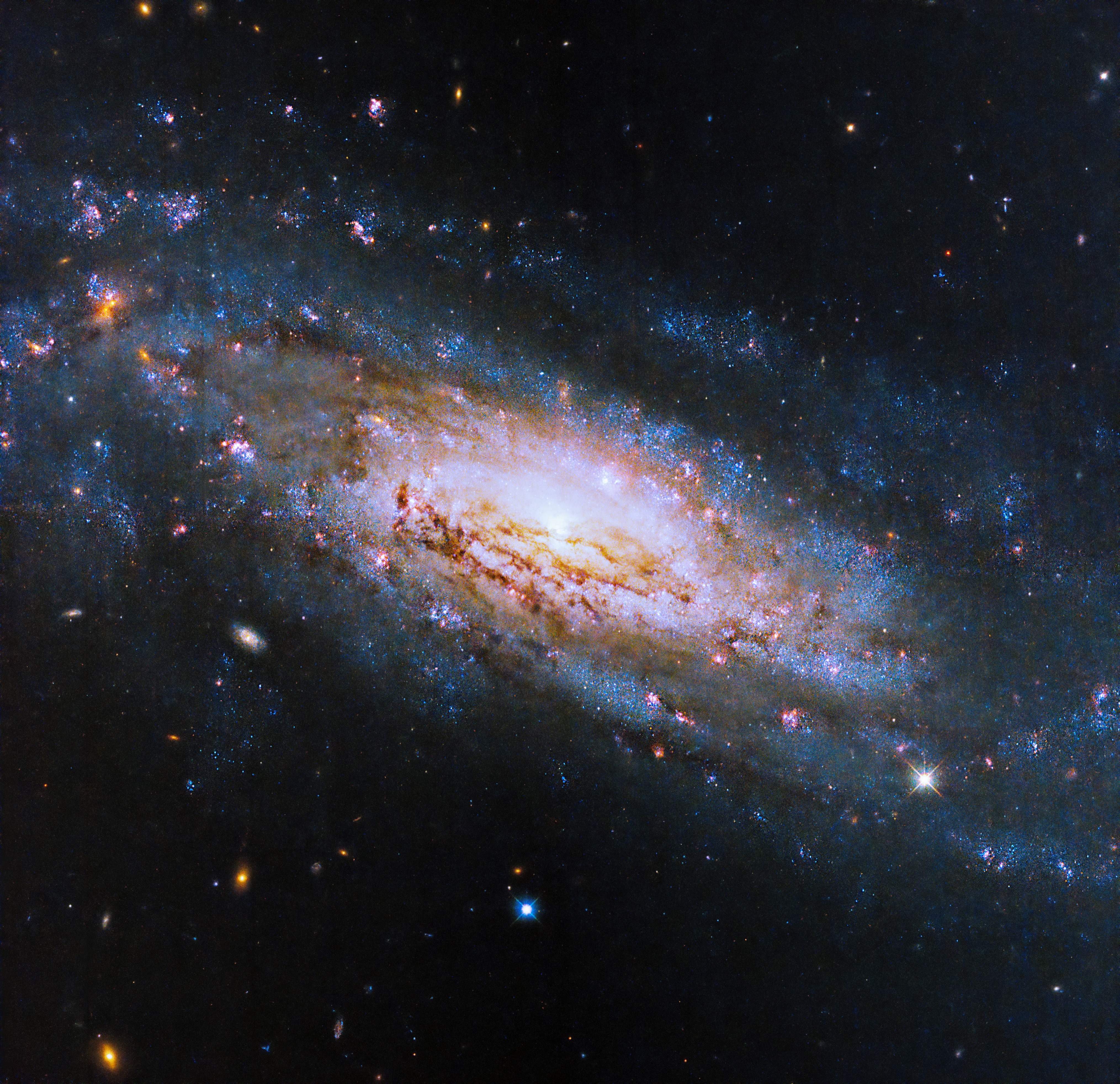
Galaxy Evolution
Phd Thesis
Site: Milano
Duration
3 years
Tutors
Marcella Longhetti – Angela Iovino in collaboration with the StePS international team
(see https://brera.inaf.it/en/progetti_ricerca/weave/
and https://brera.inaf.it/en/progetti_ricerca/4most/)
Contact
marcella.longhetti AT inaf.it
Description
Title: Tracing the evolution of massive galaxies over 8 Gyrs of cosmic time: their stellar metallicity and its evolution
The proposed project aims to investigate the stellar metal content of massive galaxies (Mstar > 10^10.5 Msun) and trace its evolution up to z ∼ 1.
The candidate will measure stellar metallicities of galaxies at 0.3 < z < 0.7 using new unpublished proprietary data and compare the results obtained with those from local and higher redshift surveys available from the literature.
Background
One of the most powerful tools to study galaxy evolution is the analysis of the physical properties of their stellar content. In particular, the metal content of the stellar population is a fundamental physical property among the many available, as it preserves the imprint of the baryonic cycle that regulates star formation in galaxies. It includes the memory of the inflow of pristine gas, of the outflow of metal-enriched gas driven by stellar and AGN winds, and of the subsequent re-use of this enriched gas (e.g., Maiolino & Mannucci 2019).
Until now, studies of stellar population properties have been extensively carried out only in the local Universe (e.g., Thomas et al. 2010; SDSS), mainly due to the challenges in obtaining high-quality data for a statistically significant sample at higher redshifts. The only survey available today that provides high-quality data in the redshift range 0.6 < z < 1.0 is the LEGA-C survey (van der Wel et al. 2016), which observed ~ 3000 galaxies in a tiny sky area.
The intermediate redshift window 0.3 < z < 0.6 remains largely unexplored, preventing the possibility of a continuous reconstruction of galaxy evolution since z~1. Starting at the end of 2025 and continuing for five years, two complementary and ambitious surveys will start filling this gap and targeting massive galaxies at 0.3 < z < 0.7: WEAVE-StePS (PIs: A. Iovino, INAF-Brera Milan; A. Mercurio, INAF-Capodimonte, Naples) and 4MOST-StePS (PIs: A. Iovino & M. Longhetti, INAF-Brera Milan). The intermediate redshift range covered by these two surveys offers a novel and interesting niche of investigation: the span in cosmic time up to z ∼ 0.7 is nearly half the age of the Universe, enabling the direct observation of galaxies over a significant interval of their evolutionary life-time (see Iovino et al., A&A 2023 and Iovino et al., Messenger, 2023).
Both surveys will provide high-resolution, high signal-to-noise spectra of thousands of intermediate-redshift galaxies, covering a wide wavelength range. WEAVE-StePS will provide high-quality spectra for ~25000 galaxies, at a typical SNR of ~10, while 4MOSTStePS will observe ~3500 galaxies at a higher typical SNR of ~30, but within the area covered by the so-called DEEP-WAVES survey (PIs: J. Liske – Hamburg – Germany & S. Driver – Perth – Australia ), that will provide precise environmental information for each of the 4MOST-StePS target galaxies – a key additional parameter in the analysis of galaxy evolution.
These data will be ideally suited for detailed analysis of the metallicity of the stellar population in massive galaxies, representing an ideal opportunity for the development of a competitive PhD thesis.
Activity
The project is based on the analysis of galaxy spectral continua, comparing measurements of observed absorption features and photometric colors with predictions from different spectro-photometric models. A Bayesian statistical approach will be adopted, making use of some tools already available, while others will need to be developed (Python or IDL) during the PhD.
Collaborations
The project is embedded within two major international collaborations involving INAF researchers – among the leading experts in stellar population studies – and international teams. Close collaboration with the broader team will offer the PhD student opportunities for travel and integration into stimulating scientific environments.
Image: Representative image for the doctoral thesis on the theme of galaxy evolution – Credit: web.
